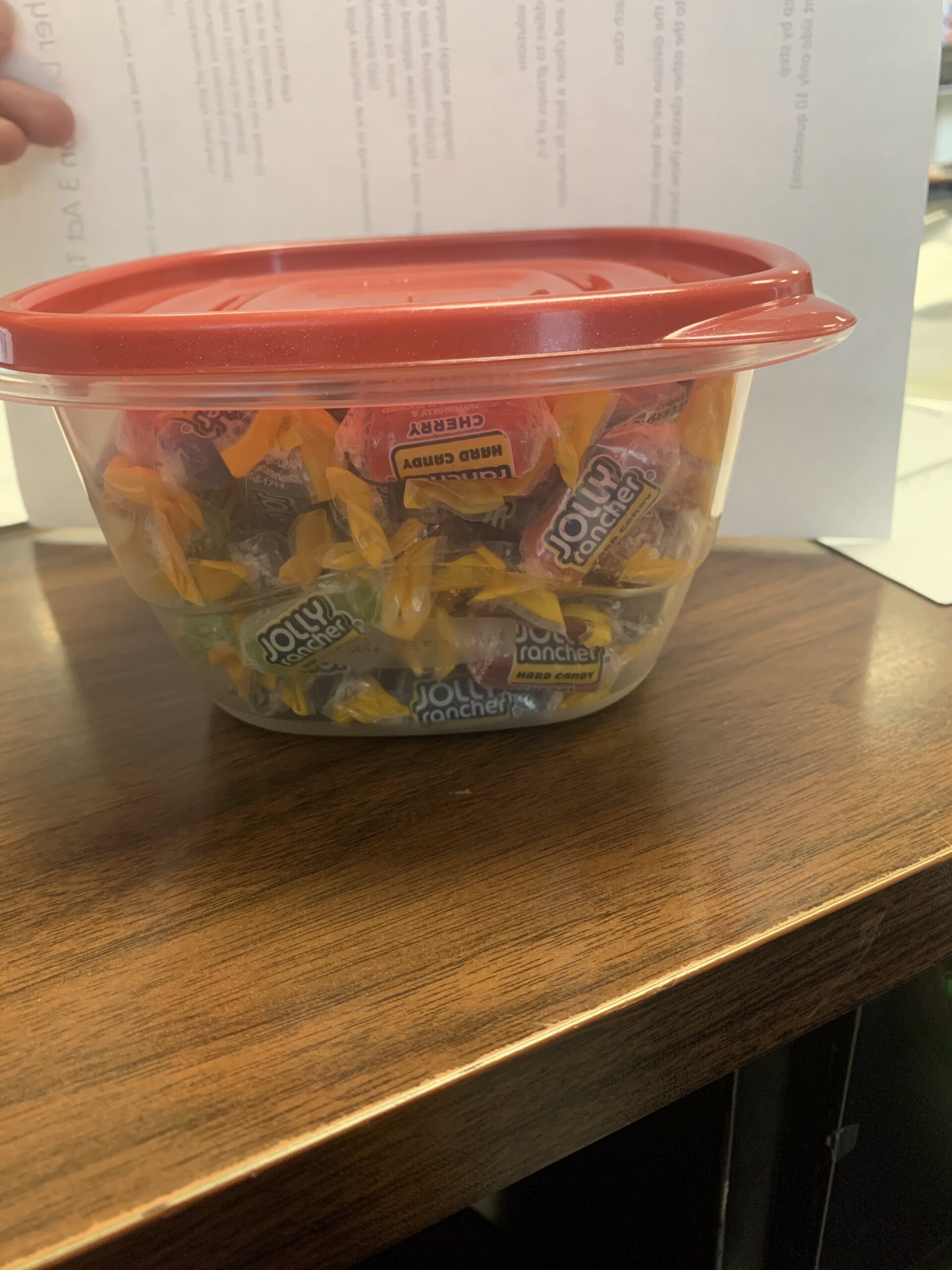“However, the theory didn’t become widespread among public school educators as a theory of assessment, it became popularized as a theory of teaching- prescribing when and how outcomes should be addressed.” (Case, The Unfortunate Consequences of Bloom’s Taxonomy, 2013) Wow, was this statement impactful! I began my teacher education in the fall of 2014 and was taught to plan lessons and units according to Bloom’s Taxonomy using it as a ladder moving from one run to the next, then spent my first two years teaching in an inner-city school where my principal pushed for us to use Blooms in our planning and to help students make progress. Yet I never felt fully connected with it, Bloom’s felt limiting, the charts with the verbs were helpful for I can statements and rubrics, but it felt awkward for me to use it as a teaching tool like trying to wear someone else’s shoes. My classroom philosophy can be described in four words connection, wonder, thinking and play, only one of which can be connected to Bloom’s Taxonomy. I have tended to ignore Bloom’s for the past 5 years only turning to it occasionally for samples of verbs to use in rubrics and unit plans.
(Armstrong, 2010)
I remember seeing this graphic as a teaching tool during my teacher education year and using it my first two or three years teaching as it was the only tool I had been exposed to. On the surface it made sense you need to understand the facts before you can do anything with them, but deeper thinking reveals otherwise. “The misapplication of blooms taxonomy as a theory of teaching is often used to justify reduced expectations about students capacity to think.” (Case, The Unfortunate Consequences of Bloom’s Taxonomy, 2013) Using Bloom’s as a teaching tool may lead to teachers underestimating many of their students for example if a student struggles with direct text comprehension and restating the events that happened in a story or a text we often assume that they will not be able to do the higher order on blooms taxonomy thinking tasks like inferring since synthesizing or analyzing the text. By removing the higher order tasks or the opportunity to complete higher order thinking tasks for many students especially those that are struggling with the recall and the lower order thinking tasks on the taxonomy teachers often remove the opportunity for students to practice those higher order thinking skills. This seems especially detrimental in our current climate where the lower order thinking skills focus on remembering an understanding often direct recall which for most factual recall in our current situation we are able to quickly Google those facts, we have devices most of us in our pockets that we can look up the items and the details that we might be missing. What students really need is the opportunity to think and to be taught thinking skills and thinking strategies so that they can apply them to a wide range of facts and scenarios. That is not to say that we don’t differentiate tasks, tasks definitely need to be differentiated for all of our students but it should not look like removing the opportunity to truly think deeply to create to analyze from any student instead of having students analyzed three or four factors have them analyzed 2 there still doing analysis but within their zone of proximal development and leading them forward as they are ready to tackle more challenging tasks. Teaching within the structure of bloom’s taxonomy also leads to heavily front loading direct recall information whether that be facts or vocabulary which conflicts with an inquiry based method of teaching looking at British Columbia’s current curriculum we are strongly encouraged to work from an inquiry based perspective an encourage students curiosity by front loading with the facts, over-saturating students with the facts in the beginning we remove the wonder and curiosity from an inquiry and takes away the joy of deep thinking, curiosity and discovery.
Another concern with using Blooms Taxonomy is that there is the assumption that lower order thinking skills must be mastered before students can attempt higher order thinking skills (Case, Bringing Critical Thinking to the Main Stage, 2005). This puts students into boxes and assumes students are not capable of higher order thinking weather critical or creative if they do not first master the remember and understand levels of the pyramid. This works against our current models of inclusion and presuming competence in all of our students. I was a student who went through K-12 on an IEP for a physical written output disability and ADHD, if we had applied the idea of the lower levels of thinking must be mastered first to writing beginning with letter formation, I would never have been taught to write a complete sentence, paragraph or an essay. Getting stuck on all students mastering the levels of Blooms Taxonomy in sequence fails to presume competence and limits student abilities. Students are better served by being explicitly taught thinking skills that are then woven into daily learning activities. Using activities from The Critical Thinking Consortium such as Critical Challenges, or the Project Zero Thinking Routines allows all students to learn to think across all areas of the curriculum.
“Our approach to embedding critical thinking is to help teachers learn to present questions or tasks that challenge students to reflect critically about the curriculum content and skills. We dispute the view that critical thinking is a generic set of skills or processes to be developed independent of content and context.” (Case, Bringing Critical Thinking to the Main Stage, 2005) This approach that thinking is a key part of learning and that students must learn to think and to question in context and across the curriculum is also imbedded in the British Columbia Curriculum from the Creative and Critical Thinking Core Competencies to subject specific ones including, “ Questioning what we hear, read, and view contributes to our ability to be educated and engaged citizens.” (British Columbia Ministry Of Education, 2015). Students require consistent practice with critical thinking to become active members of society who can reason and think through a variety of tasks including making many day to day decisions. “In making thoughtful assessments or reasoned judgments, we must inevitably resort to criteria – some basis other than our own preferences and whims for selecting one option over another. For example, in deciding whether or not ice cream ought to be part of our diet, we would want to go beyond whether we personally liked the food and consider whether it was nutritious, affordable, readily available, and easy to keep. This larger set of factors forms the criteria involved in making a reasoned judgment on the merits of including ice cream in our diet.” (Case, Bringing Critical Thinking to the Main Stage, 2005). Even looking at our Reading Powers of connect, question, visualize, infer and transform (Gear, 2015) which we view as essential in teaching reading comprehension these are all higher order thinking skills yet ones we expect the students in our classrooms to be able to use as they go beyond direct recall and being able to restate a text that has been read.
“the taxonomy of educational objectives is a framework for classifying statements of what we expect or intend students to learn as a result of instruction. The framework was conceived as a means of facilitating the exchange of test items among faculty at various universities in order to create banks of items, each measuring the same educational objective,” (Krathwohl, 2010). From this statement it is clear that it was never intended for Blooms to be used as a ladder for students to climb when learning, rather as tool for teachers to develop their assessments. This links back to my earlier statement that the taxonomy is helpful in writing rubrics and I can statements. Blooms provides an excellent list of verbs and is a good tool for making sure we are exploring a variety of thinking skills and giving students the opportunity to expand their skills in both the lower and higher order thinking tasks. When used appropriately and as initially intended Blooms can help teachers to examine their planning and ensure that students are given a wide range of opportunities for learning.
Bibliography
Armstrong, P. (2010). Bloom’s Taxonomy. Retrieved from Vanderbilt University Center for Teaching: https://cft.vanderbilt.edu/guides-sub-pages/blooms-taxonomy/
British Columbia Ministry Of Education. (2015). Building Student Success. Retrieved from English Language Arts 4: https://curriculum.gov.bc.ca/curriculum/english-language-arts/4/core
Case, R. (2005). Bringing Critical Thinking to the Main Stage. Education Canada, 45-49.
Case, R. (2013). The Unfortunate Consequences of Bloom’s Taxonomy. Social Education, 196-200.
Gear, A. (2015). READING POWER: TEACHING STUDENTS TO THINK WHILE THEY READ. Pembroke Publishers.
Krathwohl, D. R. (2010). A Revision of Bloom’s Taxonomy: An Overview. Theory Into Practice.






